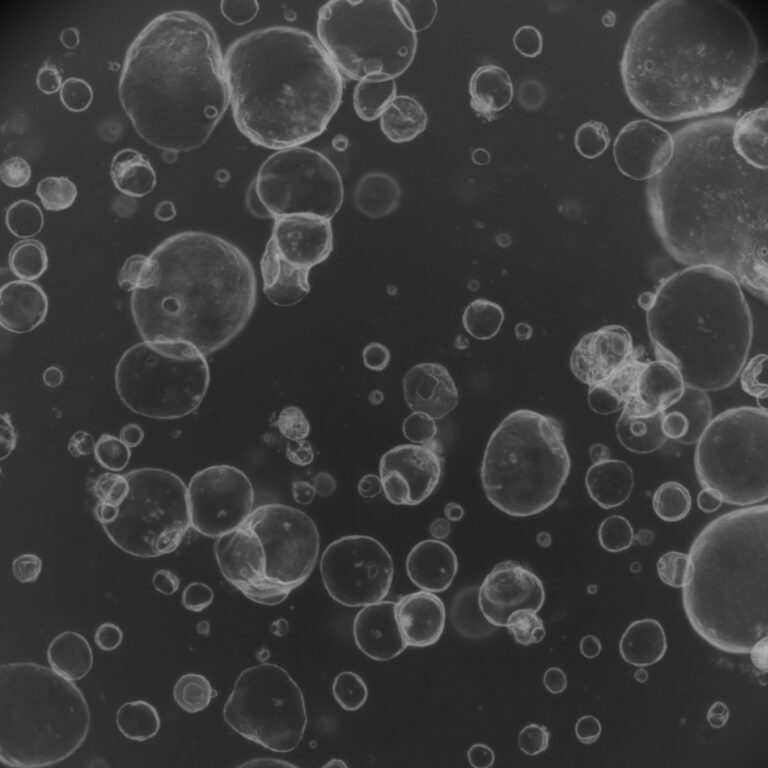Liquid biopsy is an innovative method for diagnosing diseases such as cancer, monitoring treatment, and predicting prognosis, primarily by analyzing tumor characteristics through samples obtained from blood or other bodily fluids. Compared to traditional tissue biopsy, it is less invasive, faster, and can be performed periodically.
Initial research on liquid biopsy technology began in the early 2000s. Early efforts focused on identifying minute amounts of tumor cells in blood, but accuracy was compromised due to issues with tumor cell size and blood concentration. Consequently, from the late 2000s, research shifted to focus on analyzing circulating tumor DNA (ctDNA) and circulating tumor cells (CTCs), leading to the development of technologies that could extract and analyze DNA fragments or cells released by tumors in blood.
In the mid-2010s, liquid biopsy technology began to be used commercially. Notably, biotech companies like Guardant Health and Foundation Medicine started offering services that used liquid biopsy to identify cancer genetic mutations and provide personalized treatment options for patients. At this point, liquid biopsy was utilized not only for early tumor detection but also for tracking cancer progression and monitoring recurrence.
By 2025, liquid biopsy technology is expected to become more widely available and used in more clinical settings. Liquid biopsy technology is already widely used in various cancer treatment settings. Tests like Guardant360 are used to analyze cancer genetic mutations to personalize treatment plans. This test analyzes circulating tumor DNA through patient blood samples to identify cancer characteristics and helps determine the most appropriate targeted therapy. Recently, this technology has also been used to monitor cancer recurrence, providing crucial information particularly for patients with advanced cancer.
Furthermore, liquid biopsy is being utilized not only for major cancers such as lung cancer, breast cancer, and colorectal cancer but also for various other types of cancer. For example, companies like Tempus provide services that analyze patients’ genetic mutations through liquid biopsy and offer personalized cancer treatment recommendations based on these analyses. Thus, liquid biopsy technology currently plays a crucial role not only in cancer diagnosis but also in the treatment process, contributing to improving patient survival rates.
GLP-1 for Treating Obesity—Origin, History, and Evolution
JAMA Network, Per Franklin Nielsen, Per Olaf Huusfeldt (Novo Nordisk), Denmark
Glucagon-Like Peptide 1 Receptor Agonists and 13 Obesity-Associated Cancers in Patients With Type 2 Diabetes
JAMA Network Open, Kevin Lin (Harvard Medical School), USA



